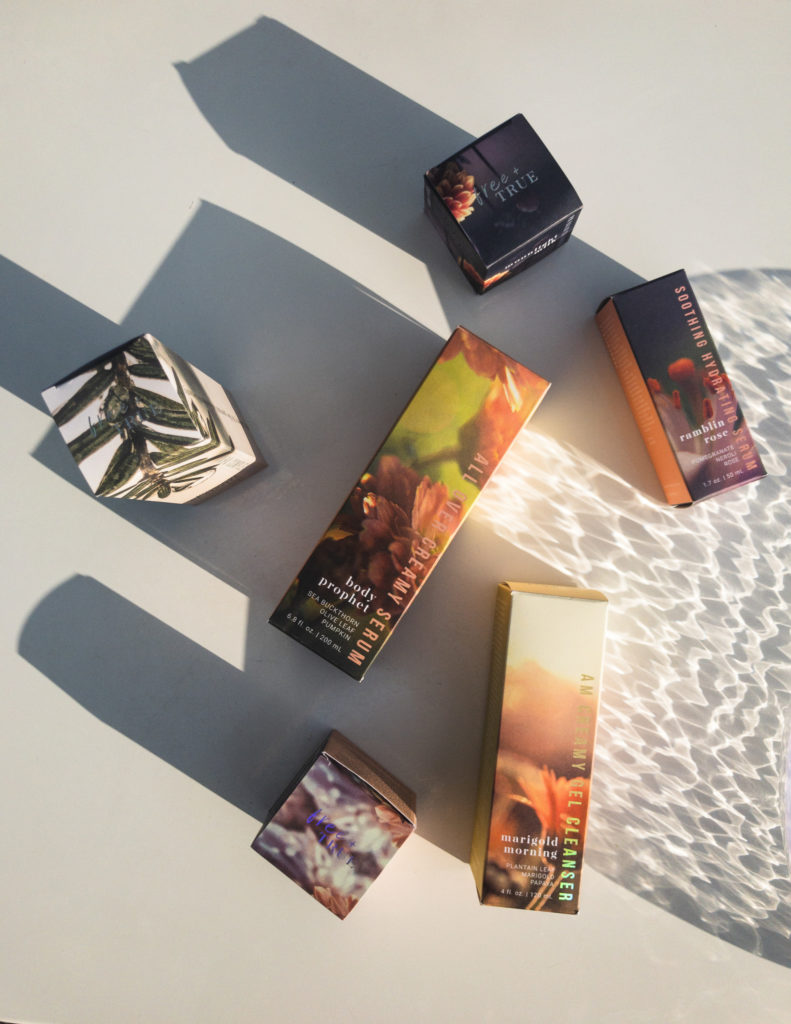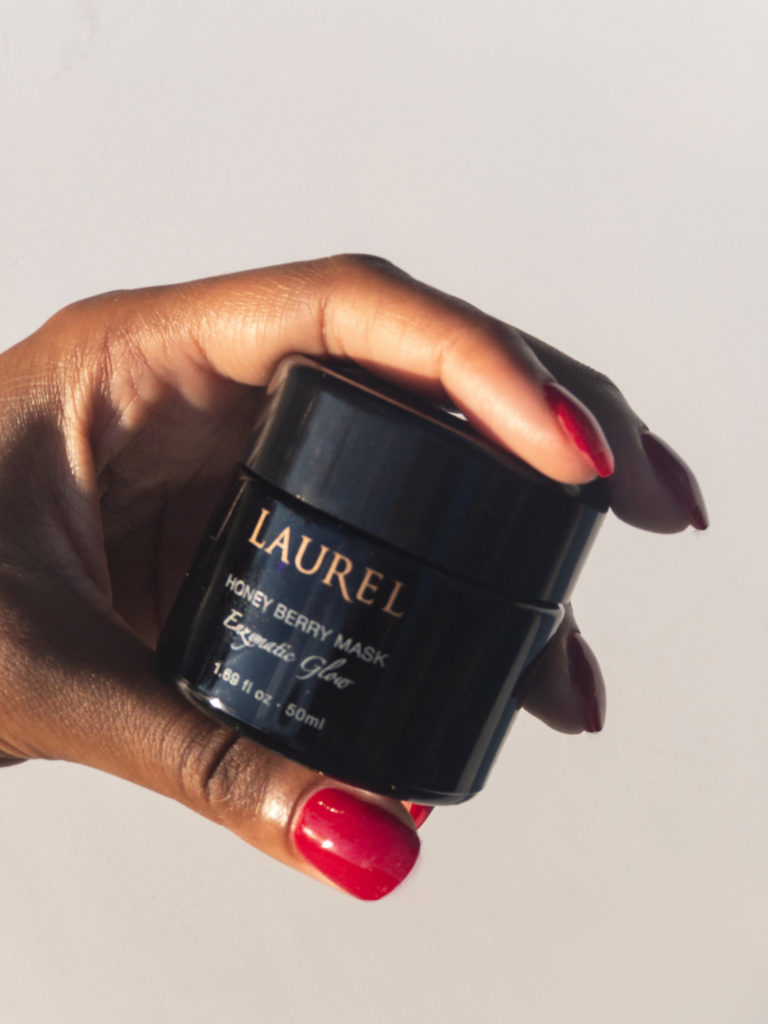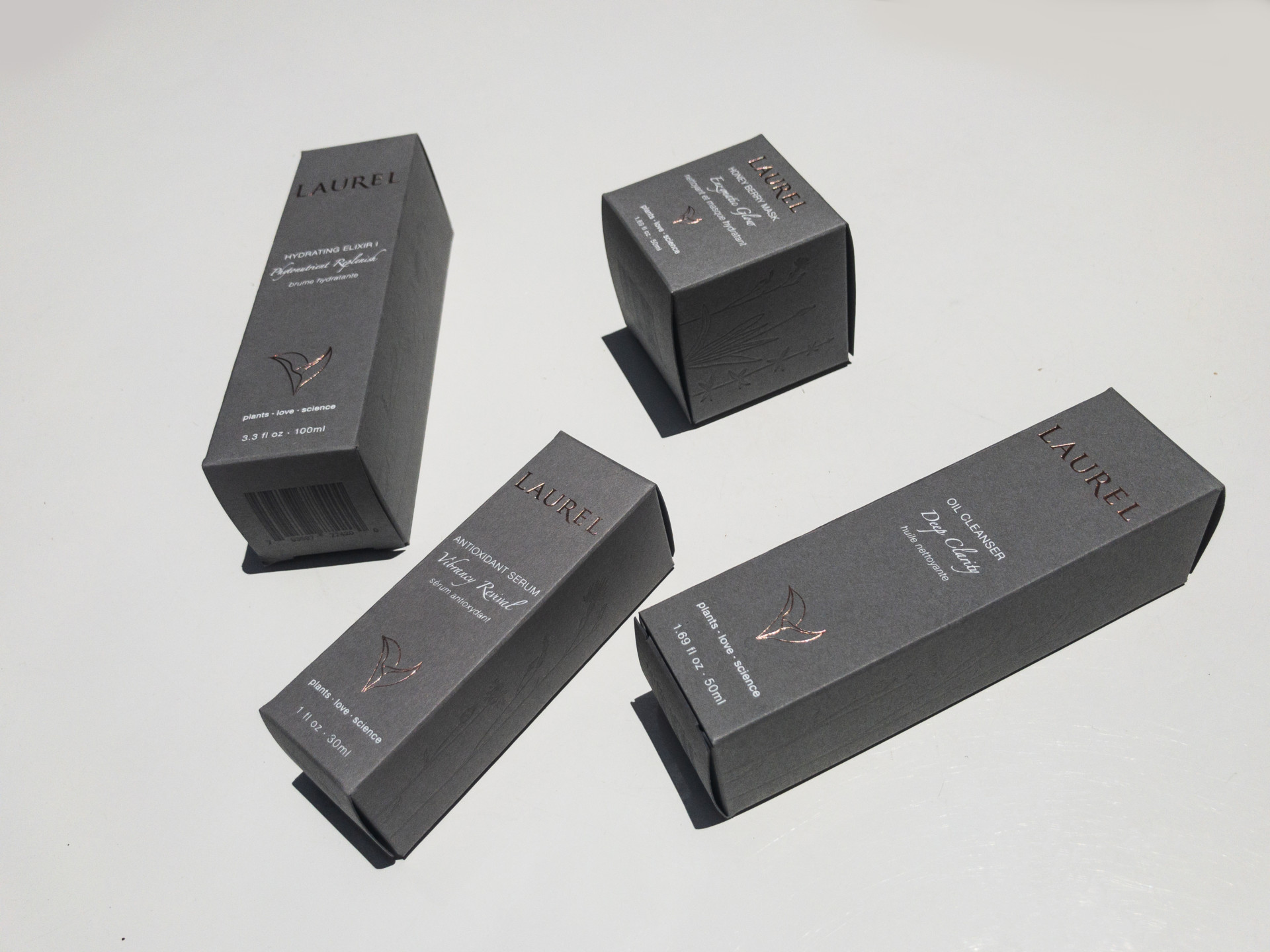Sure, beauty is in the eye of the beholder. But your brand is meant to be more than beheld. It is meant to be bought. Pretty fonts and a few favorite colors does not a brand make.
Branding is not art for art’s sake. It’s a science. But within the formula, there are variables unique to your brand that must be considered. So, this science isn’t a boilerplate template either. That’s what makes branding a craft.
There are a few fundamentals to consider when establishing your brand. By no means an exhaustive list, these are starting points for conversation and creative collaboration.
Your Brand Begins With Your WHY.
Your brand identity is what people will see and respond to first. But it’s not the first place we start. Brand identity is a visual articulation of your brand’s WHY. Before we can begin conceptualizing your brand identity, we must first establish your brand artifacts, attributes and archetype. We must analyze your competitive landscape, your distribution strategy and your white space. And we must be clear about your brand positioning. Only then can we craft your brand identity. But once we have the WHY, crafting a unique and authentic brand identity becomes a lot easier.
A basic Brand Identity package includes:
- Logo
- Any alternate logos or logo marks
- Branded fonts
- Color palette
- Brand elements (i.e. graphics, drawings, etc.)
- Brand Guidelines
Then, we explore how these are translated across:
- Packaging
- Website
- Brand photography
- Brand catalogue

Logo + Packaging Design 
Logo + Packaging Design 
Logo + Packaging Design, in collaboration with Figmint Design
Bonus tip: Invest in your own photography. Stock photography can work for a time, and for the record, there’s nothing wrong with being inspired by another brand, photographer or creator, but stock photography will not capture your brand like professional photography can. Elements such as brand color palette, product design, packaging and brand archetype will never be captured by stock photos the way they will be at a dedicated photoshoot. Invest in branded photography, and you'll be able to manipulate every element of your brand to create recognizable and original imagery.
Not Everything Is An Option
In life and branding, the clearer you become about your WHY, the more you realize one essential and time-saving truth: not everything is an option.
Think back to when you were a child. You were young and full of dreams; the world was your oyster. Everything was ahead of you, waiting to be discovered. As you matured, you experimented with your ideas, pursued your passions, tried and failed and tried again. Somewhere along the way, you began to define a vision for your life. You developed a sense of purpose. Maybe you even dared to answer your calling. You headed down a certain path, and old ideas began to fall away. You got clearer about who you are and why you’re here. Suddenly, your choices, tastes and preferences became more refined. Without trying, you developed your personal brand.
Now, think about your company. The same rules apply. Your WHY defines so much - who you are, who you’re speaking to, what words you use, what feeling you convey, what product or service you offer, where you’re sold, and so on. Once these aspects of your brand positioning are defined, a clear aesthetic begins to emerge organically. The more specific you are about your WHY, the more refined your brand identity becomes. And ironically, the more refined your brand becomes, the more liberated you’ll feel. There’s freedom in discipline.
Content (Hierarchy) Is King
In a similar vein, it’s essential to know what to communicate, and when. If everything is a priority, nothing is a priority. Brand founders often feel so passionate about their WHY, their product, its benefits and point of differentiation that when they talk about it, it all comes out at once as a big, excited, jumbled mess. Without a clear content hierarchy in place, this confusion can translate to design, as well.
Before we begin a design project - whether it be packaging, a website or brand collateral - we spend significant time crafting the scaffolding of the story we want to tell, identifying what’s most important to communicate immediately, followed by secondary and tertiary points to communicate if the consumer wants to know more. This ensures that the main point of differentiation is clear, and that there are additional layers that add to the story, keeping the consumer interested, engaged and educated.
K.I.S.S. (Keep It Simple, Sister.)
Coco Chanel famously said, “before you leave the house, look in the mirror and take one thing off.” And if there’s anyone in history whose design advice you should heed, it’s Coco’s. The principle of simplifying design has become so ingrained in our company culture that we made Essentialism a core value. Removing anything that isn’t essential is the ultimate design discipline. Junior designers and young brands alike tend to over-design because they lack confidence in their offering. Notice how the most iconic brands in the world can say so much with so little? They make it look easy, but that couldn’t be further from the truth. It takes deep thinking and dozens of drafts to achieve simplicity.
Here are 7 tips to help you K.I.S.S. like a pro:
- Remember: over-designing often = overcompensating.
- Simple doesn’t necessarily mean sparse. It means essential.
- Don’t start design until you know your WHY and you’ve crafted your content hierarchy, (i.e., know what matters most.)
- White space is your friend.
- Communicate one primary message at a time.
- Everything doesn’t belong “above the fold”.
- Larger font isn’t always easier to read, and can turn a design from clean to clunky pretty quickly. Use it judiciously.
Hire Experts
In life and in business, we’re not supposed to go it alone. Even entrepreneurs need a tribe of experts to help them realize their vision. Know your zone of genius and stay in your lane. If branding, copywriting and design aren’t your jam, outsource this work to a team of experts who have a proven track record of building successful brands. Remember: strategy, copywriting and design are three different skill sets, and usually require 3 or more people. If you’re not quite ready for an agency, please vet freelancers carefully. Even if you love a designer’s portfolio, it doesn’t necessarily mean they will know how to properly position your brand or craft your content to ensure your brand never blends in.
Written by Kayla Rodriguez, Designer, and Rachel Roberts, CEO

